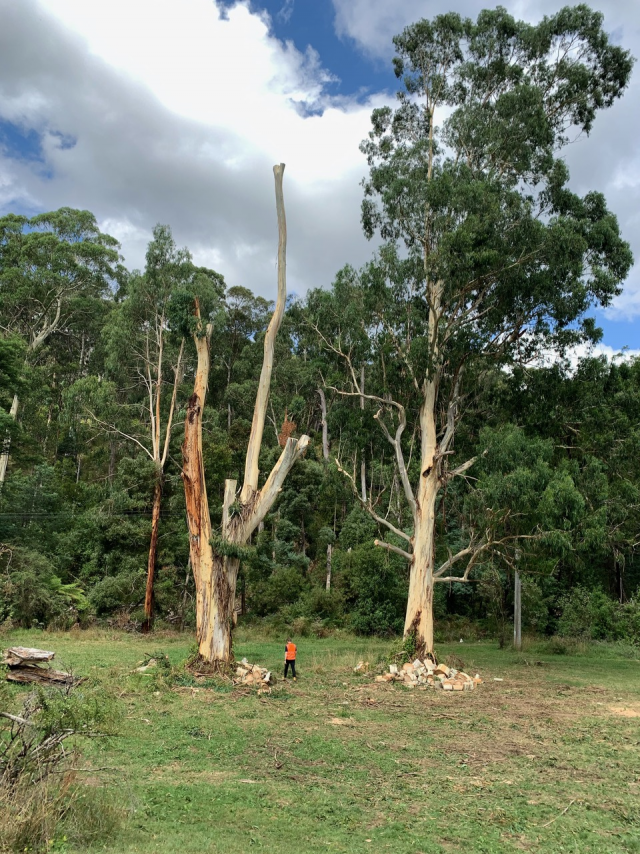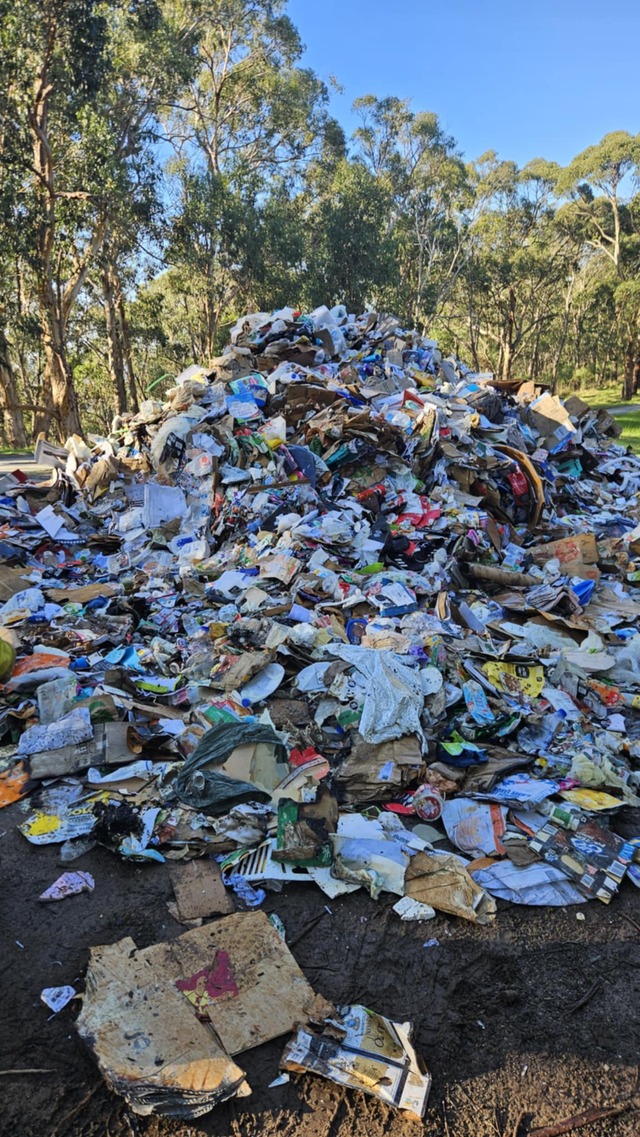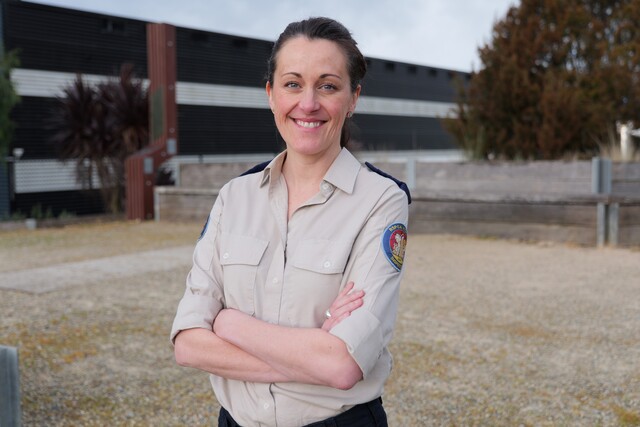‘History’s about chaps’, the saying goes. Even leaving aside the sexist implications, it’s a narrow definition – that history is entirely about human activities. But it’s also said of history that ‘Whatever happened, it had to happen somewhere’. And what that somewhere was like, was bound to influence what people did there.
In the last few decades a new kind of history has emerged, in which the environment is central to the argument. Gary Presland, author of First People, has revived the old-fashioned term ‘Natural History’. This includes the geology, soil, climate, flora and fauna: ‘anything that’s not human’.
This has come about partly through a growing interest in Aboriginal history. Bill Gammage’s The Greatest Estate on Earth is a well-known example. Writing about the First Australians without taking account of their deep and subtle engagement with their environment would be almost impossible. Environmental history also fits well with regional history, as in Tom Griffiths’ Forests of Ash. Griffiths notes that all good ecologists are also good historians.
We can apply these insights to Mt Evelyn, starting with its geology. Mt Evelyn’s underlying rock is volcanic, but from two different sources. The light-coloured rock from the western end is Mt Evelyn Rhyodacite, which originated in Devonian-era eruptions of the Dandenongs volcano more than 400 million years ago. The red basalt of the eastern side came from the so-called ‘Older Volcanics’ and is only about 23 to 40 million years old.
Except for the alluvial soil found along the creeks, our soil is derived from these two rock types. The Mt Evelyn Rhyodacite produced a thin Light Grey Loam. The combination of the rock and the nutrient-poor grey soil defeated the early selectors from the 1870s in their attempts to support themselves on the land. The western side began to be subdivided for weekend housing blocks from the 1920s. The basaltic Red Loam found in the eastern and south eastern parts of Mount Evelyn supported flower, fruit and berry growing.
There was traditionally a social distance in Mt Evelyn between the agricultural eastern end and the more closely settled west, with the railway line marking an informal boundary between them. There was even a political divide between the rural, conservative East Riding and the more progressive South West Riding of the former Shire of Lillydale.
So much depended on which volcano you lived under…







